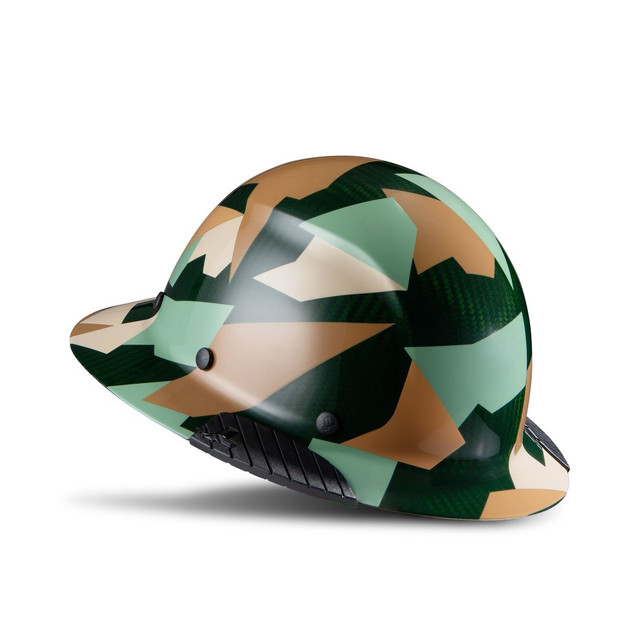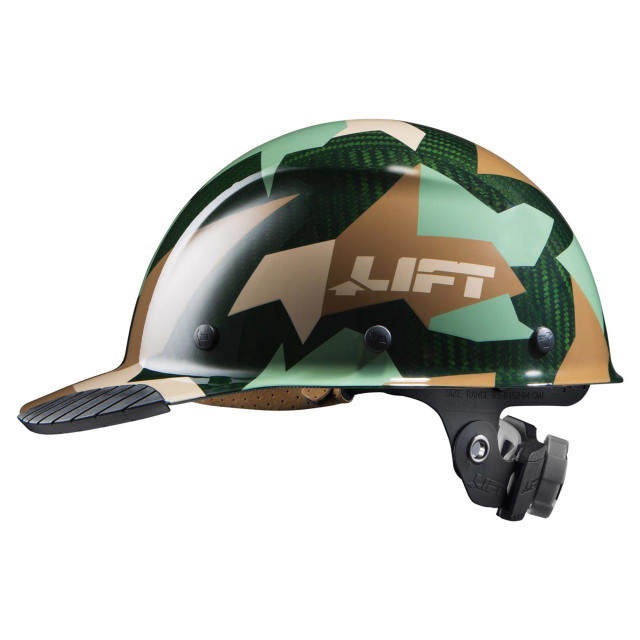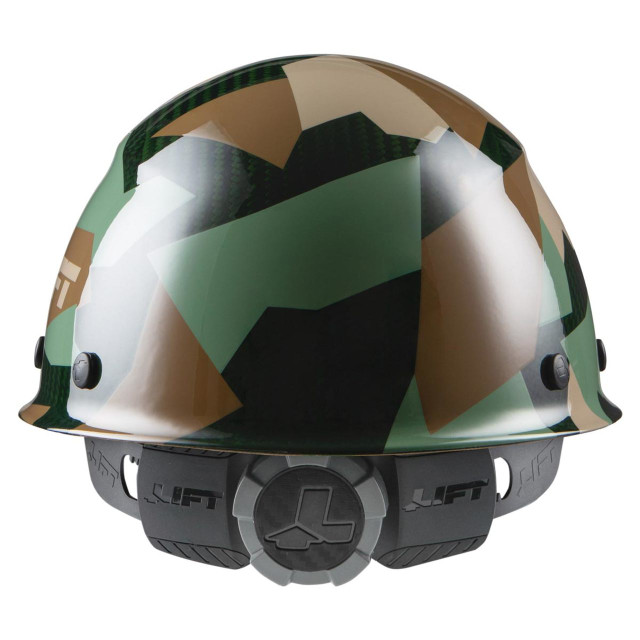Colors and patterns in hard hat design may seem like purely aesthetic choices, but they can actually serve practical purposes in the workplace. Beyond just looking stylish, the selection of colors and patterns can help enhance visibility, identify different job roles, and promote safety awareness. In this blog post, we will explore the importance of colors and patterns in hard hat design, focusing on four key points.

Enhanced Visibility:
In many work environments, especially construction sites or industrial settings, visibility is crucial for safety. Bright and vibrant colors can significantly enhance visibility, making it easier for workers to spot each other, even from a distance. This is particularly important in situations where workers need to communicate, coordinate tasks, or avoid potential hazards.
The use of high-visibility colors, such as bright yellow, orange, or lime green, can make workers more easily distinguishable against the background of the work environment. This is especially beneficial in low-light conditions or areas with limited visibility, such as during nighttime work or in areas with heavy machinery or equipment.
By incorporating high-visibility colors into hard hat design, employers can help ensure that workers are easily seen by their colleagues and reduce the risk of accidents or injuries due to limited visibility.
Job Role Identification:
In workplaces with diverse job roles and responsibilities, using different colors or patterns in hard hat design can help identify workers’ roles at a glance. This differentiation can aid in communication and coordination, especially in large teams or complex work environments.
For example, supervisors or managers may have hard hats in a different color or pattern than regular workers. This distinction allows for clear identification of leadership roles, making it easier for workers to seek guidance or assistance when needed. In addition, visitors or contractors can be provided with hard hats in a specific color or pattern to easily identify them as non-employees.
By implementing job role identification through colors and patterns, employers can enhance communication and improve overall efficiency in the workplace.
Safety Awareness:
Hard hats are not just a piece of personal protective equipment; they also serve as a visual reminder of the importance of safety in the workplace. The design elements, such as slogans or symbols, can be incorporated into the hard hat to promote safety awareness and reinforce a safety-conscious culture.
Including safety-related messages, such as “Safety First” or “Think Safe, Work Safe,” on hard hats serves as a constant reminder for workers to prioritize safety in their daily tasks. Additionally, symbols, such as caution signs or safety icons, can be incorporated into the design to reinforce specific safety precautions or procedures.
By using colors, patterns, and design elements to promote safety awareness, employers can foster a culture where safety is a top priority and workers are encouraged to be vigilant and proactive in maintaining a safe work environment.
Personalization and Individuality:
While maintaining safety standards and adhering to job role identification, allowing for personalization and individuality in hard hat design can boost morale and create a sense of ownership among workers. Allowing workers to choose from a range of colors, patterns, or even custom designs for their hard hats can help them feel more connected to their job and workplace.
Personalizing hard hats can also facilitate easier identification of individual workers, especially in large teams. It allows workers to express their personality and makes it easier for colleagues to remember their names and build stronger working relationships.
However, it is crucial to ensure that personalization does not compromise safety or violate any safety regulations. Employers should establish guidelines for personalizing hard hats, ensuring that the designs do not obstruct visibility, cover essential safety information, or compromise the hard hat’s structural integrity.
In conclusion, colors and patterns in hard hat design serve more than just aesthetic purposes. They enhance visibility, aid in job role identification, promote safety awareness, and allow for personalization and individuality. By understanding the practical implications of colors and patterns, employers can select hard hat designs that not only comply with safety regulations but also contribute to a positive and safety-conscious work environment. By incorporating these design elements, employers can enhance visibility, improve communication, and strengthen the overall safety culture in the workplace.








